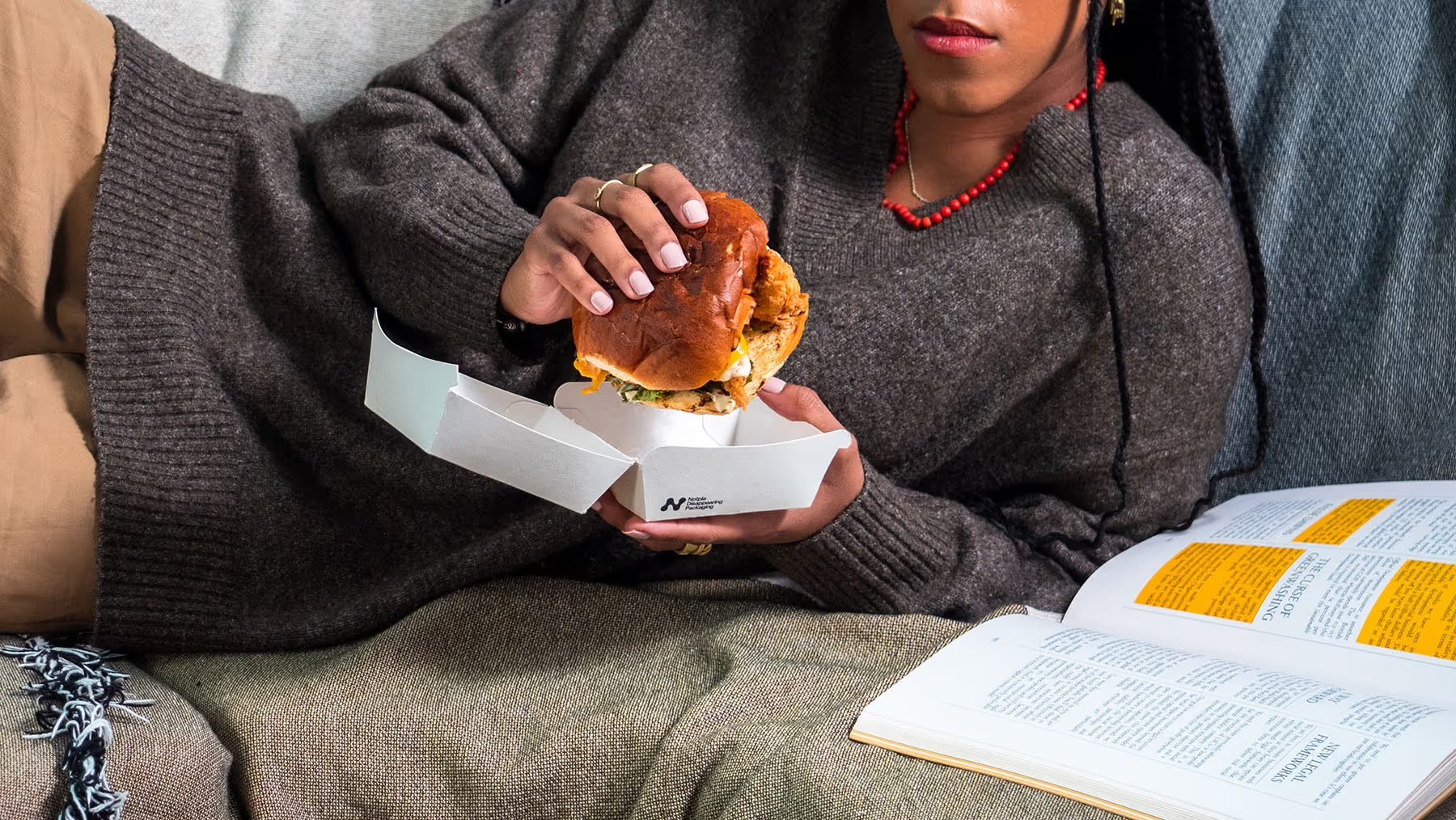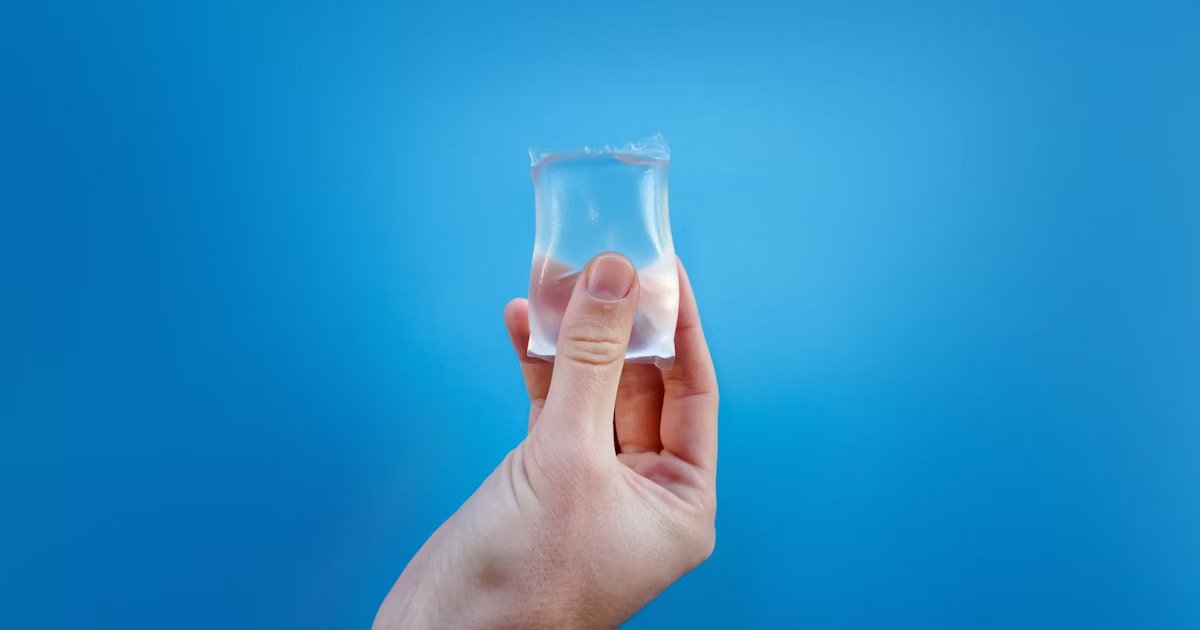How Important is Sustainable Packaging?
Prefer to watch?
One of the most pressing environmental concerns is packaging waste, particularly in the food, retail, and e-commerce industries. With millions of tons of plastic ending up in landfills and oceans every year, the need for sustainable packaging has never been greater. But how important is sustainable packaging, and what impact does it have on the environment, businesses, and consumers?
Sustainable packaging refers to packaging solutions that minimize environmental impact by using eco-friendly materials, reducing waste, and promoting recyclability. It is designed to be resource-efficient and focuses on the entire lifecycle of packaging, from sourcing raw materials to disposal. Sustainable packaging often includes biodegradable, compostable, and recyclable materials, as well as reusable packaging systems.
To be considered truly sustainable, packaging should meet criteria such as reducing carbon footprint, using renewable resources, and ensuring end-of-life recyclability or compostability. The goal is to create a circular economy where packaging materials are continuously reused, reducing reliance on single-use plastics.
Why is Sustainable Packaging Important?
Traditional plastic packaging takes hundreds of years to decompose, leading to significant environmental damage. Sustainable alternatives, such as biodegradable and compostable materials, break down much faster, helping to decrease landfill waste and marine pollution.
Sustainable packaging also reduces dependence on non-renewable resources like petroleum-based plastics. Instead, it utilizes renewable materials such as cornstarch, bamboo, recycled paper, and plant-based bioplastics. This shift not only preserves natural resources but also lowers greenhouse gas emissions associated with plastic production.
Consumers are becoming increasingly aware of environmental issues and are actively seeking eco-friendly alternatives. Studies show that many shoppers prefer brands that use sustainable packaging, and companies that prioritize sustainability are gaining customer loyalty. As a result, businesses that invest in sustainable packaging can enhance their brand image and appeal to environmentally conscious consumers.
Governments worldwide are implementing stricter regulations on plastic waste and packaging materials (except for the US, of course). Many countries are banning single-use plastics and encouraging businesses to adopt sustainable packaging practices. Companies that fail to comply with these regulations may face fines or damage to their reputation.
Examples of Sustainable Packaging
Firstly, there’s plant-based packaging
Brands are increasingly using plant-based materials such as polylactic acid (or PLA), derived from cornstarch or sugarcane, to replace traditional plastics. These materials are biodegradable and compostable under the right conditions.
Edible Packaging
Innovations in edible packaging allow consumers to eat the packaging itself, eliminating waste entirely. Companies like Notpla have developed seaweed-based edible packaging for condiments - and we’ve got a video about them if you’d like to learn more.
Recyclable and Recycled Packaging
Many brands are shifting towards 100% recycled paperboard, glass, and aluminum packaging to reduce environmental impact.
Minimalist and zero-waste packaging
Some businesses are eliminating unnecessary packaging altogether, opting for minimalist designs that use less material. Zero-waste stores allow customers to bring their own containers to refill products, reducing single-use packaging waste.
The Future of Sustainable Packaging
The demand for sustainable packaging is expected to grow as technology advances and consumer awareness increases. Companies are exploring smart packaging solutions, such as biodegradable films and reusable packaging systems, to further reduce waste. Governments and industry leaders will continue to push for more stringent sustainability standards (except for the US, of course), encouraging widespread adoption of eco-friendly alternatives.
What are your thoughts on sustainable packaging? All you all for it or not a fan of the wooden forks? Let us know in the comments.


